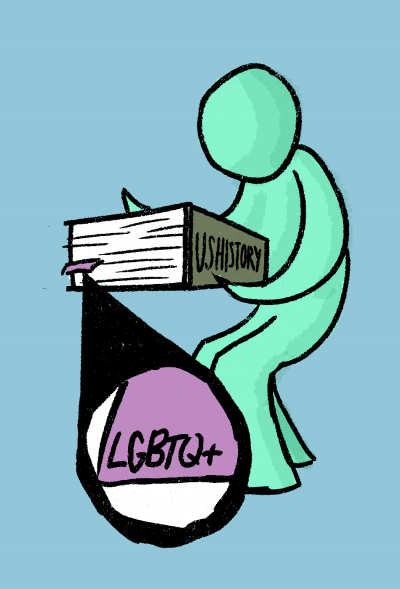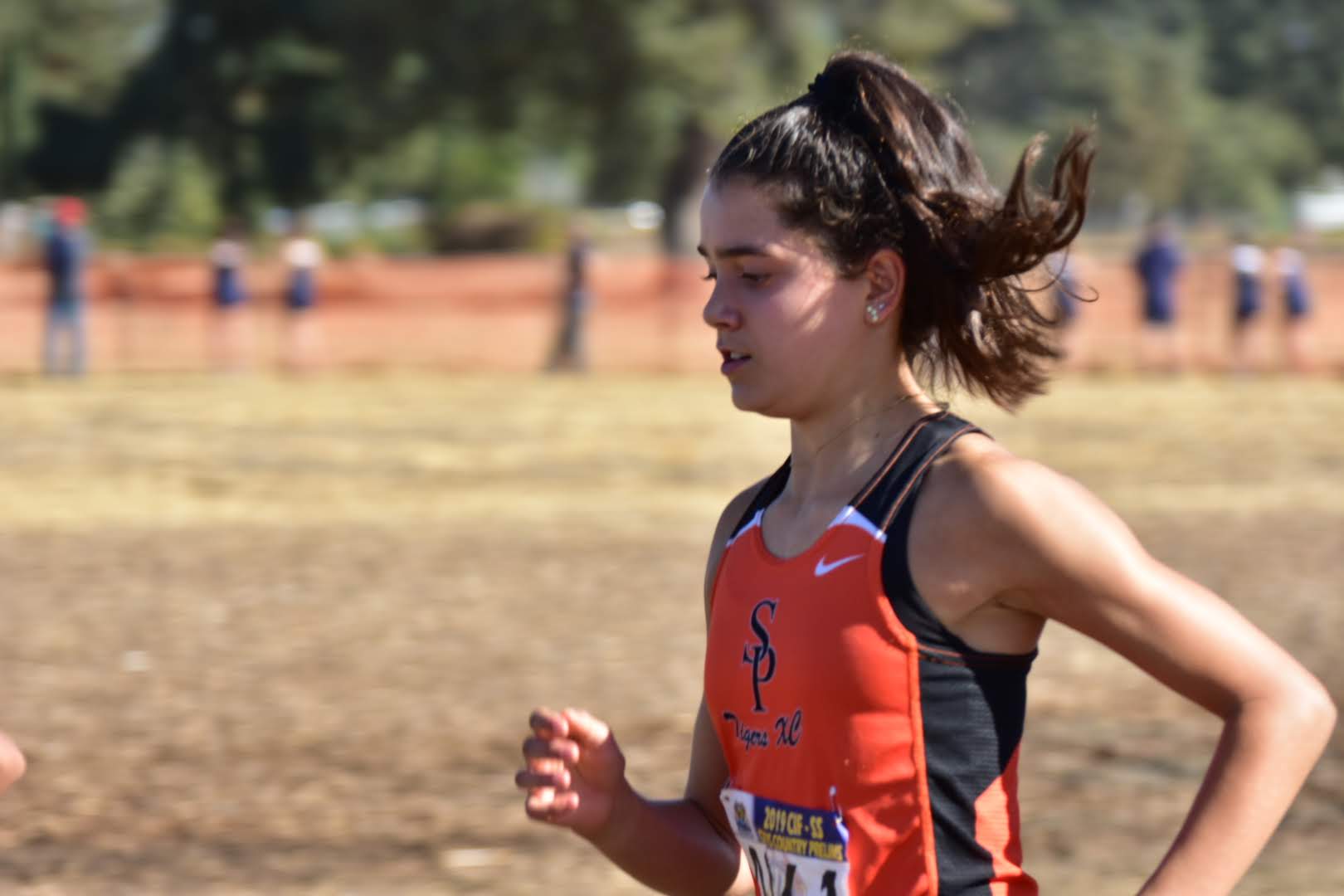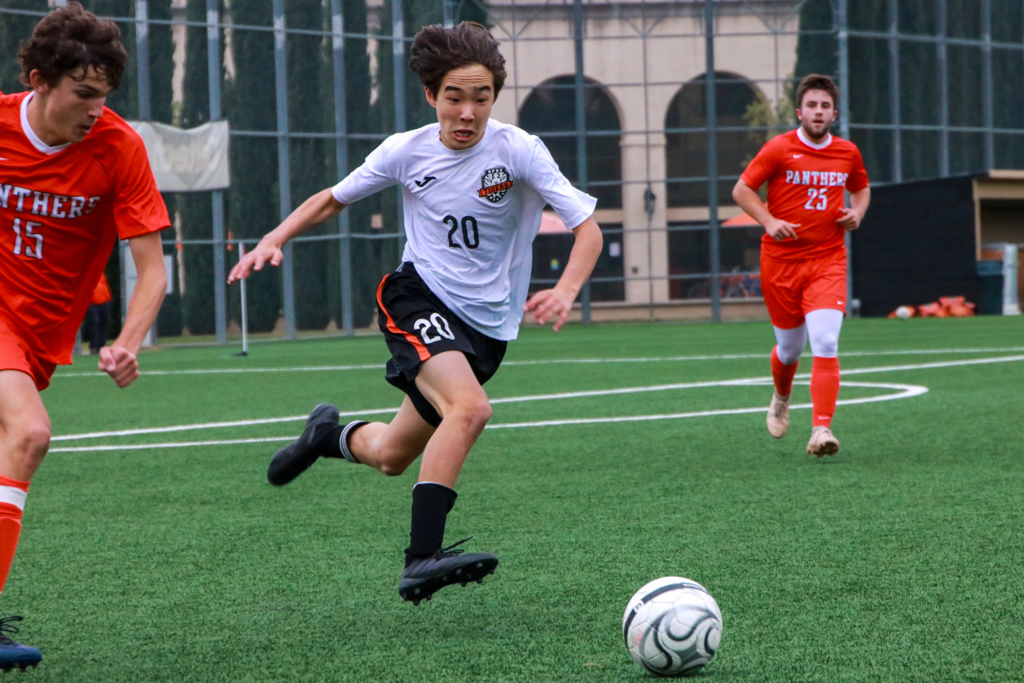Story by Cat Flores
Co-Opinion Editor
Illustration by Nicholas Forman
Staff Illustrator
Marginalized communities have long been subject to ignorance and whitewashing by the public education system. The LGBTQ+ community has been especially ostracized from this conversation, with only four U.S. states mandating LGBTQ+ history. Eight years ago, California was the first state to make changes to this system by passing the FAIR Act, which mandated the inclusion of LGBTQ+ and disabled individuals in the list of people that must be represented in social sciences. Still, many districts have struggled to introduce comprehensive LGBTQ+ education into highschool curriculum.
Queer history at SPHS is often glossed over or simply ignored due to the crammed history program. A survey conducted by students in the Planned Parenthood Peer Advocates program found that out of over 100 SPHS students surveyed, all received little to no instruction on queer history in any class. SPHS needs to rectify this blatant erasure.
In AP U.S. History (APUSH), queer history is piggbacked onto the counter-culture movement of the 1960s. The class only has about three weeks to go over the time period of 1945-1980, 12 chapters in total. The counterculture movement is an aspect of one chapter that encompasses the 1960s, and queer history is treated as an even smaller subtopic within that.
Queer history cannot be treated as just a small subtopic, because it has implications far beyond just learning about what people did in the past.
South Pas prides itself on being an inclusive and liberal community, especially concerning the LGBTQ+ community. Teachers need to prioritize the needs of marginalized students in the community in order to uphold the values the City’s citizens preach. If SPHS implemented LGBTQ+ elements into literature or history, kids would be more accepting towards their queer peers. They would learn about the historical struggles of the queer community and how this impacts many other aspects of history and even parts of their own lives. When people are educated on past injustices, they can utilize the information learned to address today’s problems.
This representation in curriculum could also improve queer students’ participation in classes, sports, and extracurriculars. When kids see representations of their identities, they feel a stronger sense of belonging and acceptance in their communities. As a result, they are more inclined to become active members of their communities.
This additional queer representation in schools could be implemented through more than just in-class curriculum: queer speakers and pride days that focuses on queer history. There are also numerous ways to implement queer history into SPUSD classrooms—but SPUSD administrators must first commit to a concrete plan.



